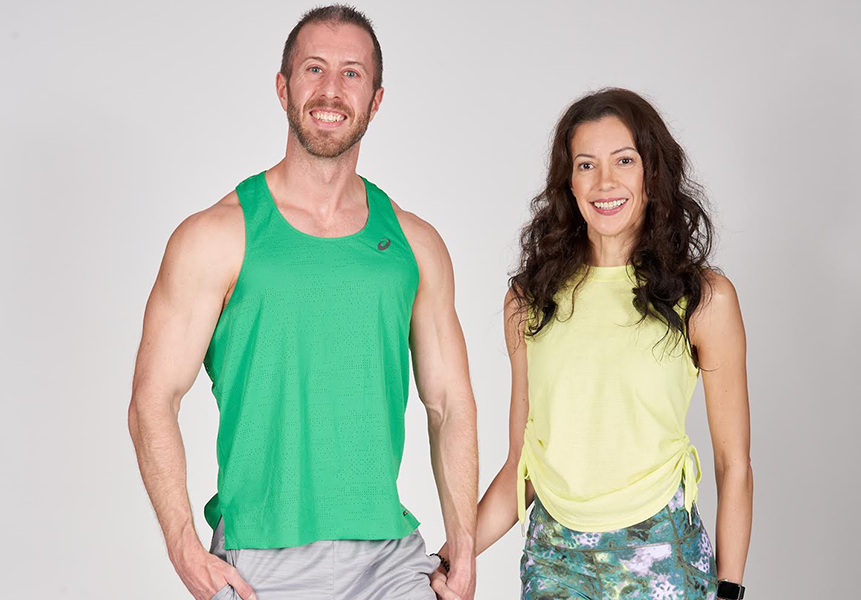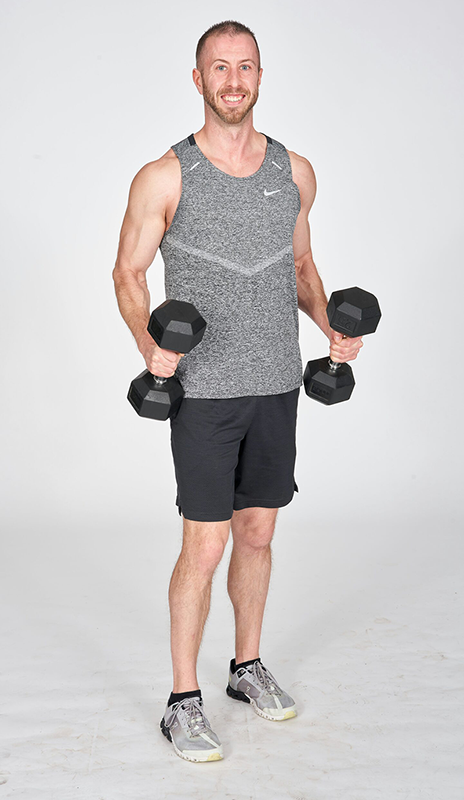




I have enjoyed staying active all my life! Whether through different sports or my distance running, keeping in great physical health has always been a priority to me. The benefits from living a healthy lifestyle are what I love to bring to all my clients. Whether you are dealing with health issues, looking to lose weight, looking to recover and rehab from an injury, or striving for a particular fitness achievement. I will help you reach those goals!!
Education
Bachelor's Degree in Kinesiology/Minor in Biology from Stephen F. Austin State University
Graduate Coursework in Exercise Physiology, Exercise Psychology, and Sports Psychology
Physical Therapy and Athletic Training Background

My fitness journey began in 2009 when I noticed more women stepping into my traditionally male-dominated gym.
Their presence inspired me to push myself further. Around the same time, I discovered fitness competitions and
was captivated by the incredible transformations athletes achieved through dedication and structured training.
After extensive work with my trainer, I stepped on stage for my first competition—an experience that
deepened my passion for fitness.
I understand the uncertainty of starting in the gym, not knowing where to begin or how to get results.
It is easy to feel discouraged when your efforts do not seem to pay off, I have been there too.
That is why my goal is to help you navigate those challenges. Together, we will cut through the confusion,
focus on proper training techniques to prevent injury, and build a program that empowers you to look,
feel, and perform at your best, physically and mentally. Through smart, effective training,
we will unlock your full potential and achieve the results you deserve. 
Melissa Stewart
Let's get started!
Services Offered
Hours of Operation